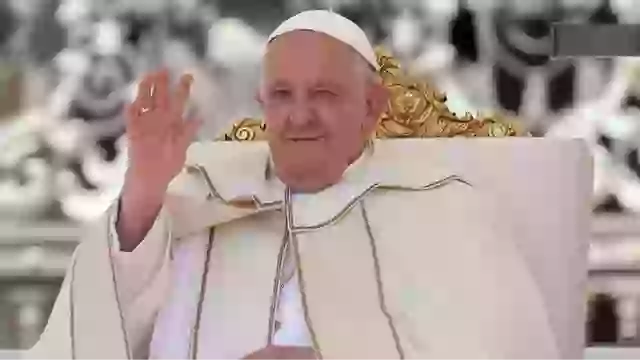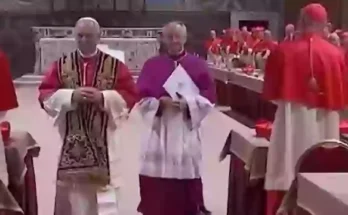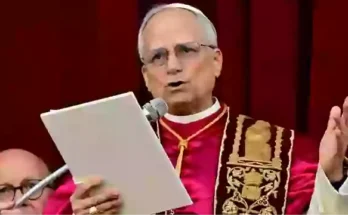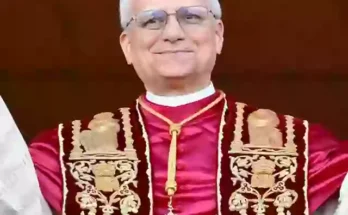There is an important reason why Pope Francis’ body is currently on display following his death on Monday.
The beloved pontiff passed away at the age of 88 on Easter Monday (April 21), with the Vatican confirming that his death was caused by a cerebral stroke, which led to a coma and irreversible heart failure.
Pope Francis had been ill for some time, struggling with respiratory issues that required hospital treatment in the weeks leading up to his passing.
Announcing the tragic news on Monday, Camerlengo Cardinal Kevin Farrell stated: “Dear brothers and sisters, with great sorrow, I must announce the death of our Holy Father Francis. At 7:35 this morning, the Bishop of Rome, Francis, returned to the home of the Father.”
“His entire life was devoted to the service of the Lord and His Church. He taught us to live the values of the Gospel with faithfulness, courage, and universal love, particularly for the poorest and most marginalized.
“With deep gratitude for his example as a true disciple of the Lord Jesus, we commend the soul of Pope Francis to the boundless, merciful love of God, One and Triune.”
A lengthy period of orchestrated rites and rituals will now follow, as is customary after the death of any pope, in accordance with the Ordo Exsequiarum Romani Pontificis — Latin for “Rite of Burial for Roman Pontiffs.” This will precede his funeral and burial, as well as the gathering of the conclave in the Sistine Chapel to carry out their secretive election process for his successor.
Pope Francis, born Jorge Mario Bergoglio, was known for his progressive approach, often rejecting certain traditions. He declined his papal salary and chose to live in a modest residence rather than the grand Apostolic Palace.
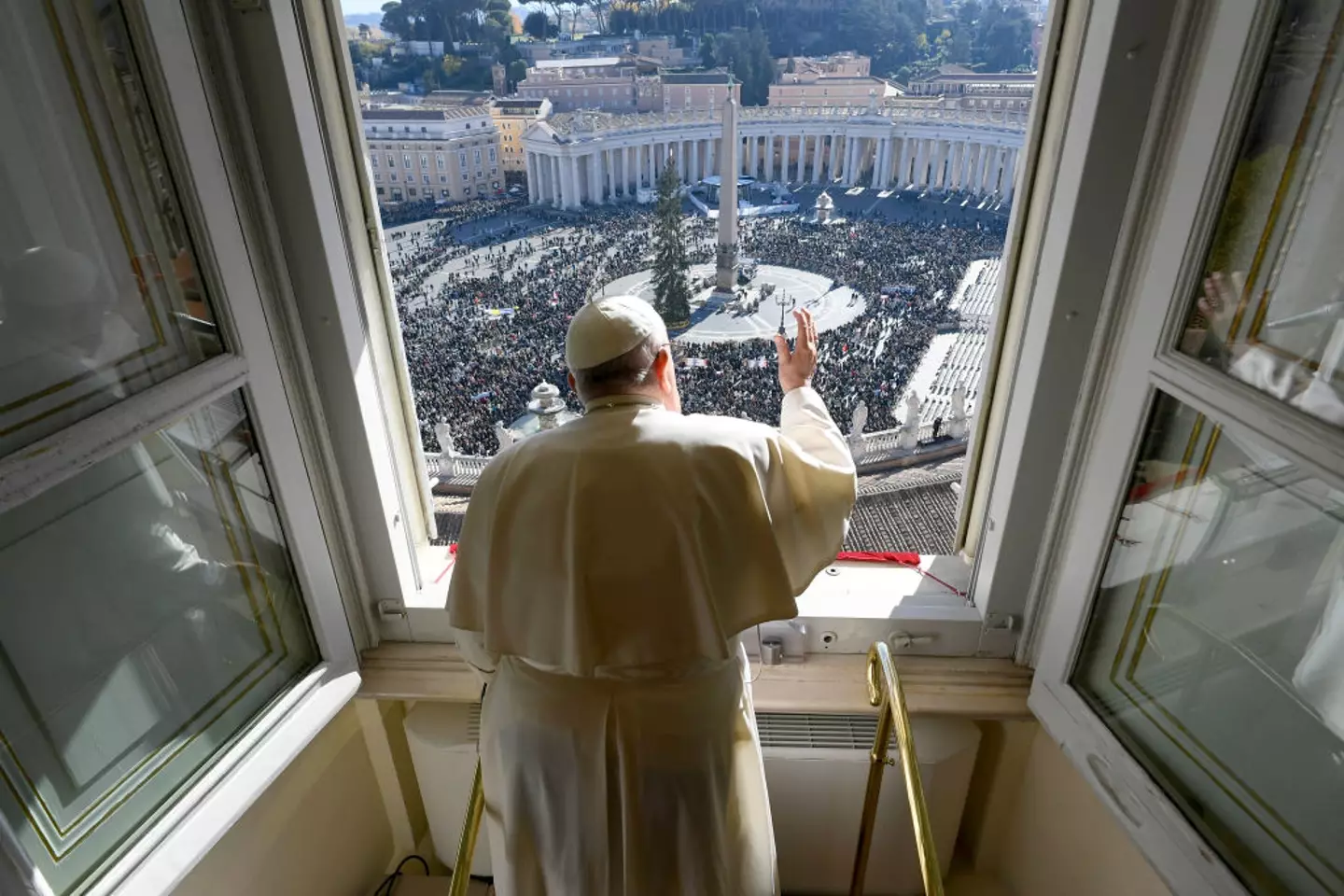
The late pontiff was known for his progressive attitude ( Vatican Media via Vatican Pool/Getty Images)
Archbishop Diego Ravelli explained that the late Pope chose to “emphasize” his role as a “pastor and disciple of Christ, not a powerful man of this world,” according to ABC News.
The main rituals are now underway, starting with the formal confirmation of his death in his personal chapel at Santa Marta.
Next, his body was dressed in red liturgical vestments and placed in a wooden coffin — another departure from the traditional cypress, lead, or oak coffins used by his predecessors.
By his coffin, his miter, the traditional headdress worn by bishops, along with his woolen stole (similar to a scarf) and the Paschal candle, have also been positioned.
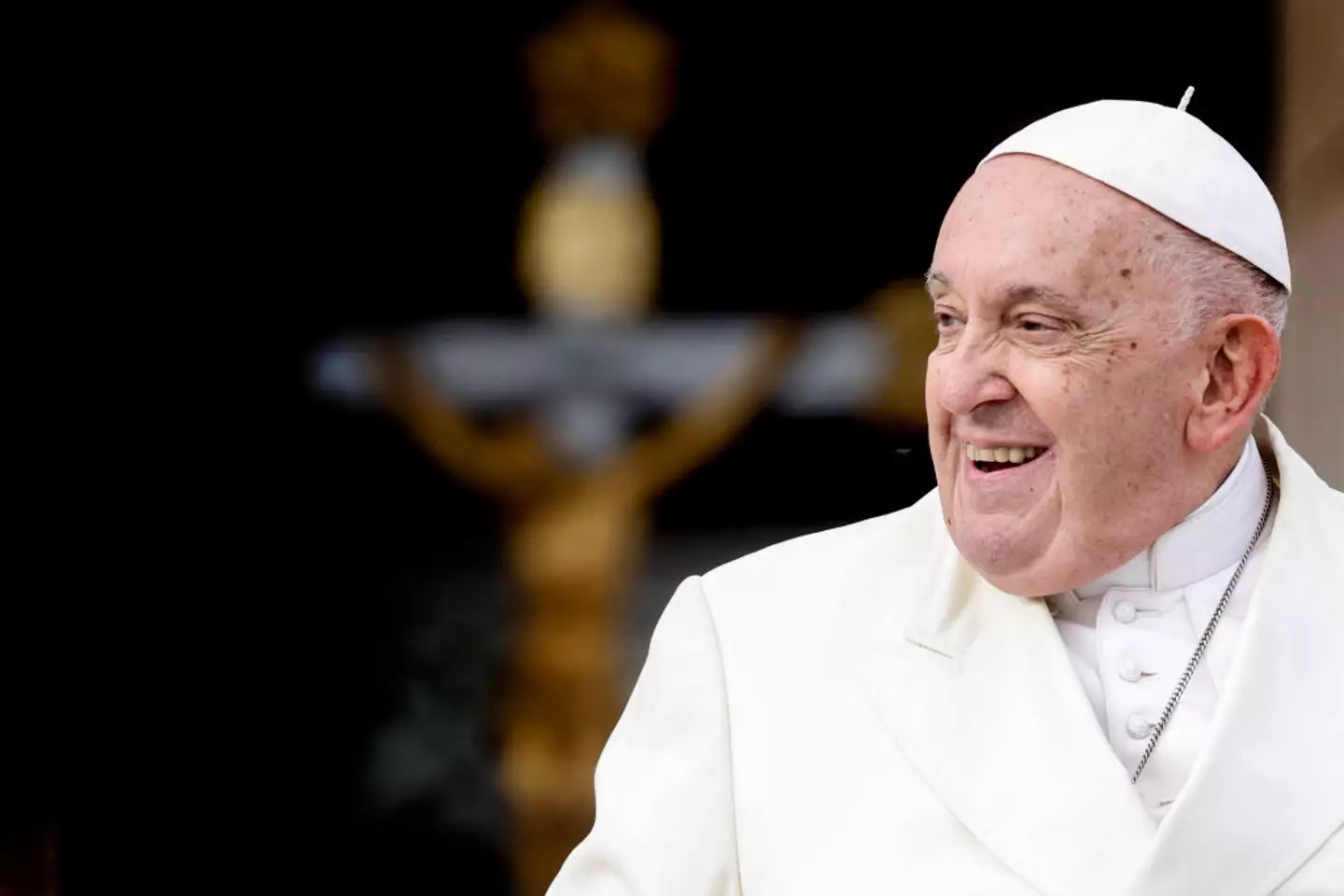
The Pope’s body is on display (Alessandra Benedetti – Corbis/Corbis via Getty Images)
The master of liturgical celebrations, Ravelli, has arranged for the faithful to pay their respects at St. Peter’s Basilica, where the Pope’s body will be displayed in an open casket for public viewing from Wednesday morning until the night before his funeral.
Following this, Camerlengo Farrell will cover his face with a white cloth, and important items, such as a bag of coins minted during his papacy and a one-page written account of his papacy, will be placed in the coffin before it is officially closed and sealed.
The funeral is confirmed to take place on Saturday (April 26), marking the beginning of nine days of official mourning, known as the novemdiales.
The conclave will then meet to deliberate the next pope in a task that is so secretive they are locked in and prohibited phones, newspapers or letters from the outside world.
The select few will also vote on their ballots every day and burn them, with either white or black smoke emitting from the chimney to indicate if a decision has been reached.
